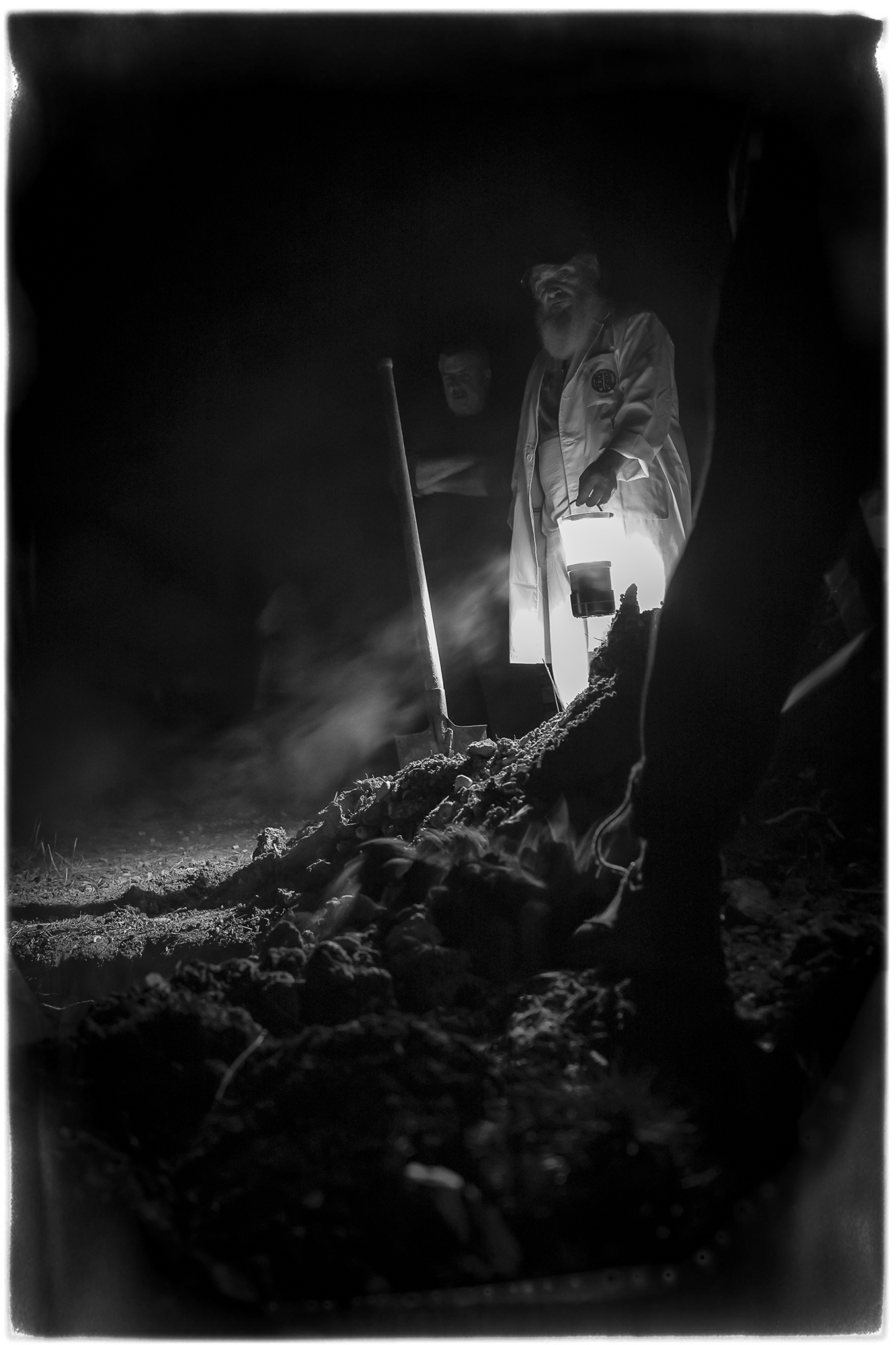Many will recognise LandArt without even knowing what it is. Indeed, many of you will have even created your own without realising it! If you've ever drawn in the sand, made a pattern out of rocks, or tried to cut your garden hedge into a swan, you can consider yourself a LandArtist. While the name LandArt and concepts around it have only flourished over the past couple decades, LandArt or at least variations of it have been around for a long time. In fact, LandArt is probably one of the most ancient art forms. LandArt showcases a very primal and basic form of art that can be seen throughout history, from Geoglyphs to Mexican pyramids.
Modern LandArt came in the public eye around the 60s and 70s and was used as a means to protest the ever-increasing commercialisation of art in America. This challenged the idea that art is something to be bought and sold for profit, with some even going as far as to challenge the idea that art is something to be viewed, due to the obscure locations used. Simultaneously, many who pursued LandArt were also inspired by environmental issues and a newfound relationship towards the earth which had started to generate a lot of momentum at that time. LandArt largely rejected the museums and galleries traditionally used to showcase art, instead LandArt aims to use natural landscapes to create and house its outputs. Generally, the favoured materials for LandArt are natural items that can be extracted from nature such as wood or stones; however, it is not limited to this media.
While LandArt cannot normally be showcased in a gallery or museum, one way in which LandArtists get the word out about their Art projects is through photojournalism or recordings of their work, with the added benefit of preserving and archiving their art for future generations. Due to the nature of LandArt projects, they are mainly left to be reclaimed by the flora, fauna and environmental forces that made them. Therefore, these photographic recordings are sometimes the only way to see any LandArt not produced in recent years, at least in its fresh form immediately after creation. That said, many LandArt lovers would undoubtedly gain pleasure from watching mother nature reclaim her materials; this in itself would make a fascinating photojournalistic study by chronicling the art’s complete lifecycle, from concept and creation to degradation and ultimate demise.










